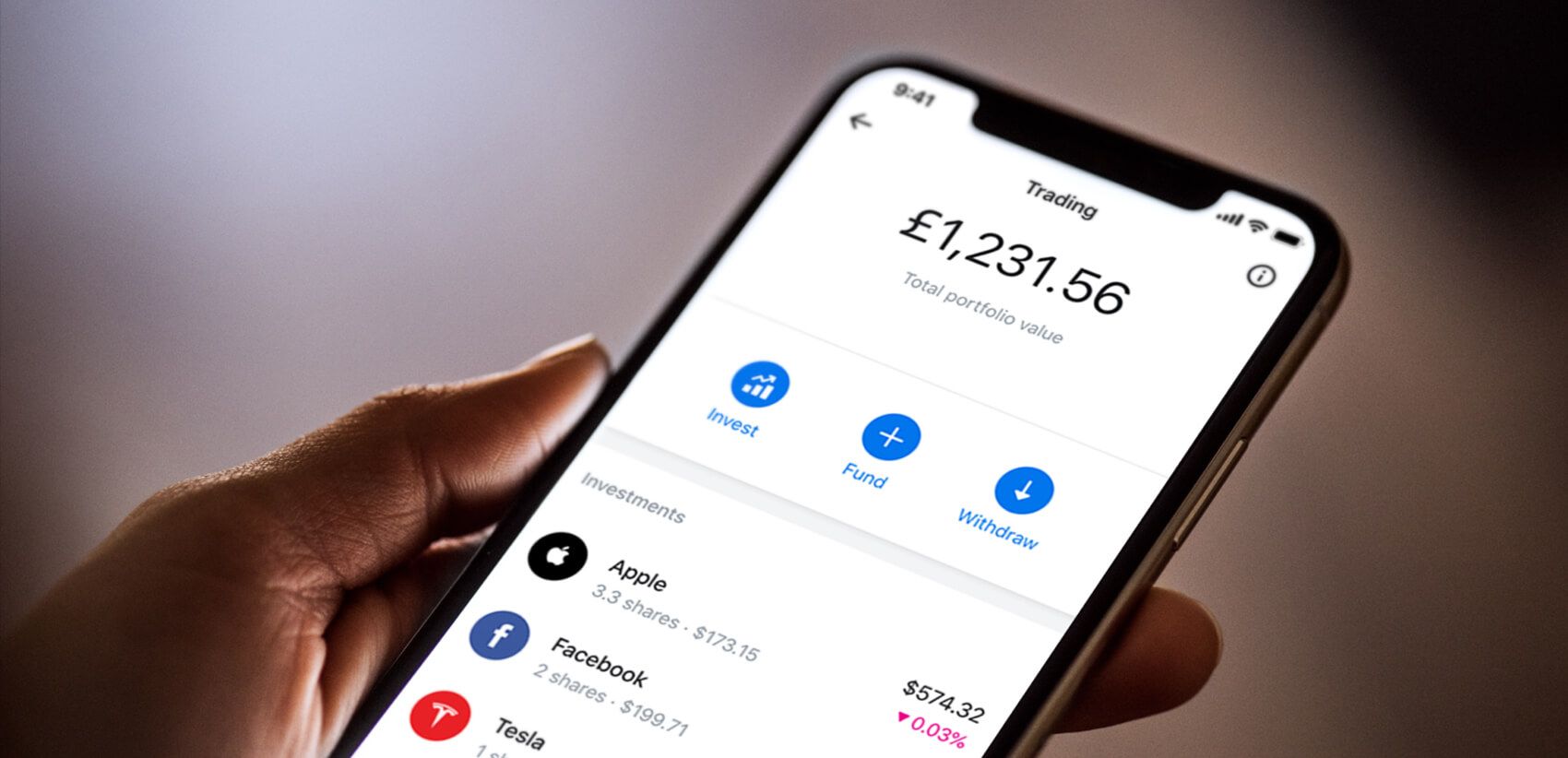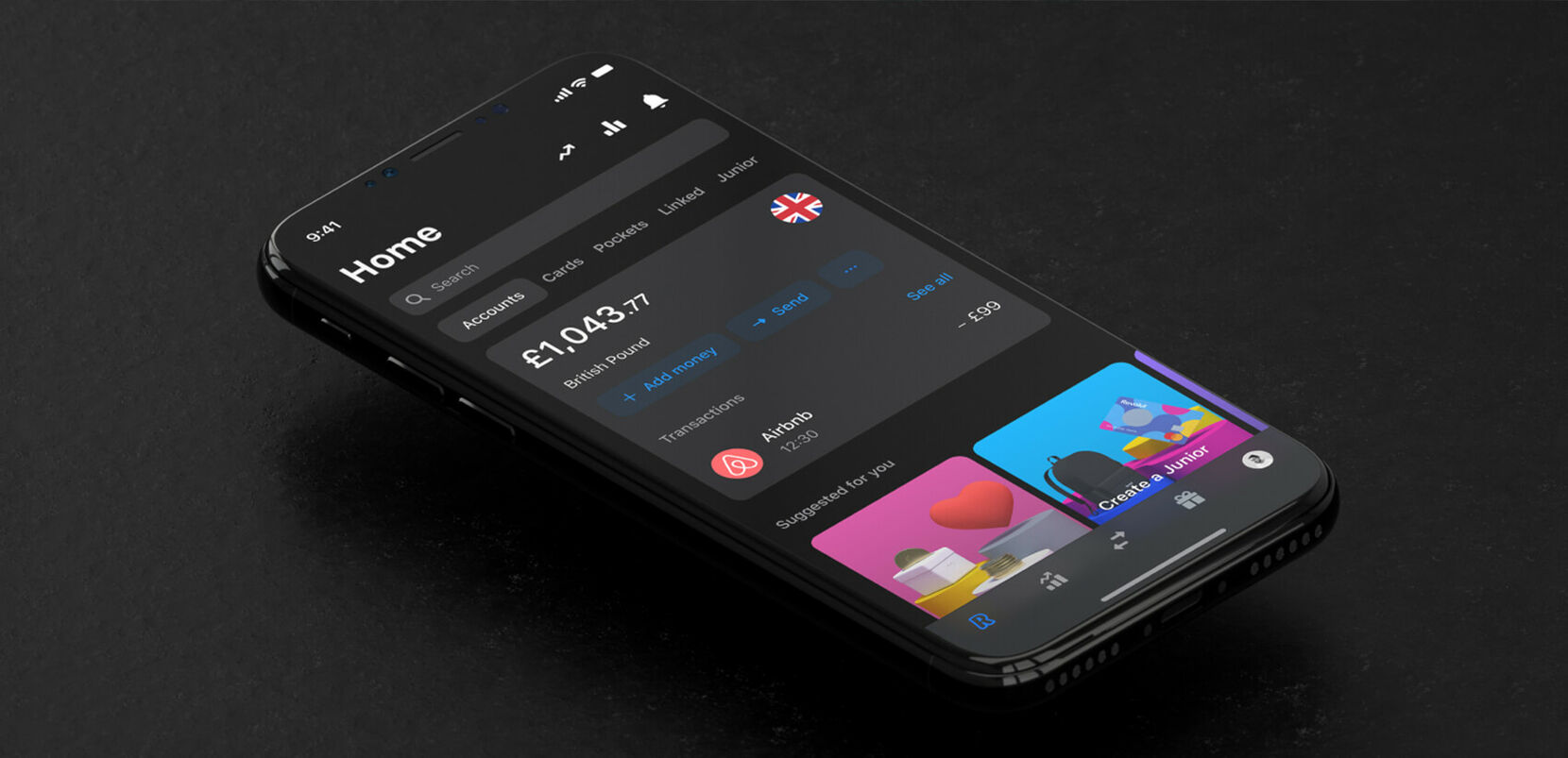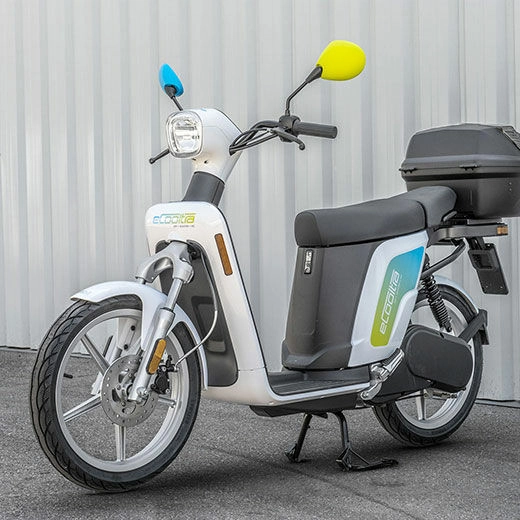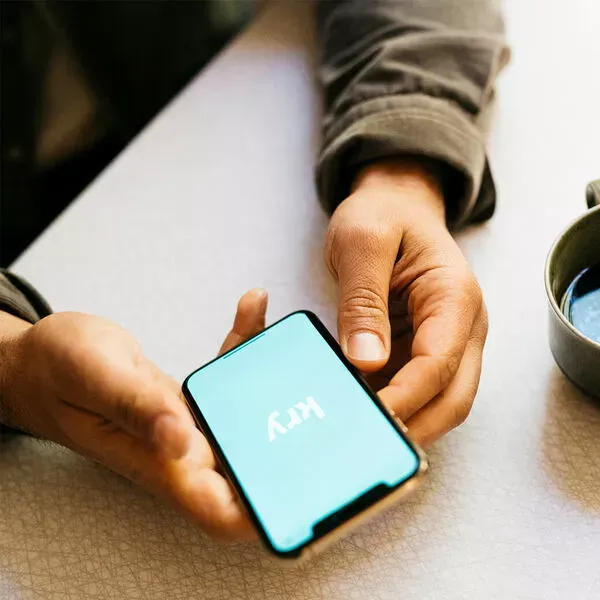How Lokalise contributed to Revolut's massive growth
''It probably takes longer for Apple to review the app than for us to roll out a new language with Lokalise.''
Edward Cooper
Head of Mobile at Revolut
Localization drives global growth
Revolut needs no introductions – the name speaks for itself. The globally recognised fintech company has over 12 million customers, and that number is growing by the day, if not by the hour.
This massive growth is partly due to the company's strategic decision to localise its product from the early days.
When Revolut was launched back in 2015, the app was available across the entire EU but only supported one language – English. ''When you are a very small startup, you kind of have to choose your battles,'' says Edward Cooper, Head of Mobile at Revolut. Then, as the company started to scale, the team began considering localisation.
''We looked at different case studies and it was clear that when, for instance, some startups and scale-ups began localising their product, they saw a big uplift in business in other markets,'' Edward explains. Despite still being quite small, the team decided to invest in localisation. That's when they started to look for a solid, reliable partner.
Enter, Lokalise.

Scaling and growing together
Prior to choosing Lokalise, Revolut considered other translation management systems, which, they admit, were neither user nor startup-friendly. Other tools they tried seemed old school, with difficult-to-use user interfaces, as well as too expensive for a small startup to afford.
Lokalise, on the other hand, was different.
''Lokalise had a great UI, and its image recognition on screenshots was really top-notch. The fact that it had great API documentation and the fact that the pricing would allow us to scale from a small startup to a larger startup – those were the key things for us.''
Back then, Revolut was just around 20 or 30 people with no dedicated team for localisation, so the ability to automate as much as possible was another crucial aspect. Because Lokalise allowed Revolut to automate many things, the team was able to take up projects that they wouldn't even think about doing before.
''With Lokalise, we could upload all our files, upload the images, and quickly check and fix everything. We could also quickly write scripts so that our developers could easily upload and download the latest files without even having to necessarily log into the tool.''

Key features used:
- Over-the-air SDKs
- Screenshots
- QA checks
Today, the Revolut team is 2000 people strong, and their translations are done by a third-party – the translation company RWS Moravia. A lot of things have changed within their translation management process, but the team is still able to use Lokalise thanks to its flexibility.
''When we started to work with RWS Moravia, they already had their own internal workflow. Lokalise was flexible enough to allow them to simply plug their workflow into it. And we were able to plug our workflow into Lokalise and organise the translation processes really well, not only with internal Revolut people but an external company as well.''

Another thing that sold Revolut on Lokalise was the similar mindset that both teams had when it came to product development. There were times when someone from Revolut would suggest a feature and, 30 seconds later, they would receive a reply from Lokalise: ''Cool, we can have that in 24 hours!''
As Ed puts it, ''Lokalise scaled with us.''
''Without Lokalise, Revolut's growth would be slower''
Edward thinks that more languages not only help brands look more serious but also give the product a competitive advantage, allowing the company to access multiple age groups. For example, in the case of Revolut, having local languages made their product more appealing to older people who didn’t speak multiple languages.
Up to today, Revolut has added more than 30 languages and they continue to add more. The next language to add is usually chosen based on where it's going to have the biggest impact business-wise.
Then, once the language is picked, the localization process is really fast: it takes 48 hours for the translation agency to provide translations, a few more hours for the in-house people to ''sanity-check'' them, and a click of a button to release the new language.
Ed jokes that ''It probably takes longer for Apple to review the app than it takes to actually get the translations done.'' And in case some translation is not right or any other update is necessary, the team can quickly jump on, make the necessary changes, and release the update with the over-the-air SDK – one of the team's favorite features.
What if Revolut didn't have Lokalise?
''If we had struggled with spreadsheets, or if our developers had struggled to find the most up-to-date translations and things like that, that would have definitely slowed us down. Because we had a battle-tested tool right from the start, that allowed us to free up everybody’s time to focus on mission-critical stuff.''
When asked who should be using Lokalise, Edward says ''Pretty much anyone.'' More specifically, those are small startups that are just starting out, middle-sized companies looking for an all-in-one solution, as well as large enterprises with complex and advanced workflows.
Data:
- 30+ languages
- 8M+ users
- 48h translation turnaround time
Read more case studies

How Pix4D saves dozens of hours on multi-lingual releases

Providing mobility solutions used in Europe's 7 biggest cities in 5 languages
Case studies

Behind the scenes of localization with one of Europe’s leading digital health providers
Read more Case studies
Support
Company
Localization workflow for your web and mobile apps, games and digital content.
©2017-2026
All Rights Reserved.
